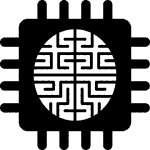Electrical and Computer Engineering, Department of
Document Type
Article
Date of this Version
2000
Abstract
A unique experiment on remote sensing education has recently been undertaken involving an educational institution (University of Nebraska-Lincoln) and a government agency involved in remote sensing (NASA Goddard Space Flight Center). The centerpiece of this experiment is the assignment of an airborne radar system design project to students enrolled in a senior undergraduate and graduate level class on Radar Systems. The class was split into two competing teams. A fictitious request for proposal (RFP) was issued by NASA GSFC, and the teams responded to the RFF’ by proposing and defending competing designs. The teams also prepared final design reports, and made oral presentations on their designs during the final examination week. Individual and team scores assigned to each student was included in his/her overall grade for the course. Our experience shows that this technique was very successful, and the students came up with excellent designs. It also provided students with an opportunity for enhancing team work, addressing multidisciplinary science aspects, perfecting technical writing and presentation skills, and responding to agency RFPs.



Comments
Published in IGARSS 2000. IEEE 2000 International Geoscience and Remote Sensing Symposium, 2000. Proceedings. Vol. 1, pp. 51-52; doi: 10.1109/IGARSS.2000.860418 Copyright 2000 IEEE. Used by permission.